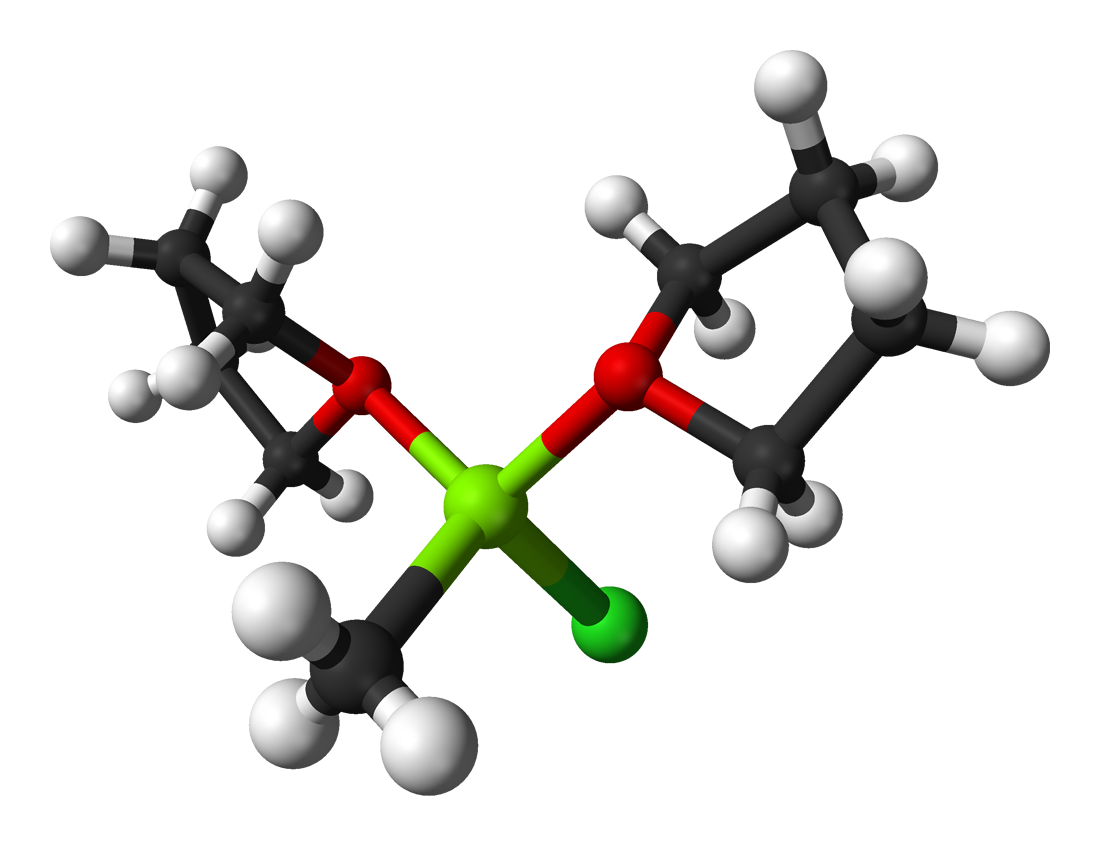ORGANIC CHEMESTRY II
An alkyne reacts with water and gives us aldehyde B, then the aldehydes B reactor with Methylmagnesium chloride presence of water and gets organic compound C. the organic compound C dehydrate presence of sulfuric acid at and the resultant organic compound d the which can discolour bromine solution ( ), to give an organic compound E.
What is the name of the Compound E?

This section requires Javascript.
You are seeing this because something didn't load right. We suggest you, (a) try
refreshing the page, (b) enabling javascript if it is disabled on your browser and,
finally, (c)
loading the
non-javascript version of this page
. We're sorry about the hassle.
H C ≡ C H + H X 2 O => C H X 3 − C H = O
Next to reaction with Methylmagnesium resulting 2-propanol which is the Compound c
by dehydration at 170 degrees Celsius concludes that the propene as a Compound d
So Compound Ε is 1,2-Dibromopropane